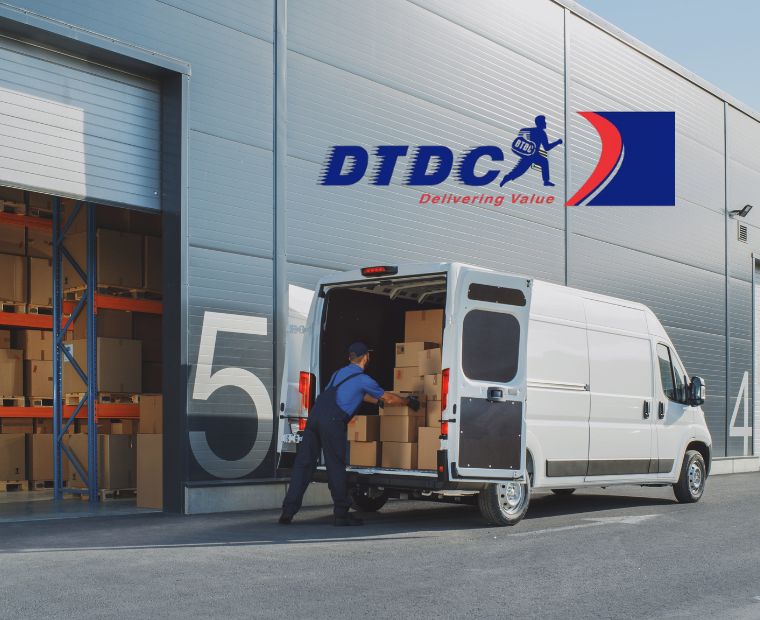
Table of Contents
Modified On:
Want to know about GST on medicines? Our 2025 guide explains the latest tax rates, which drugs are exempt and how to read your bill correctly.
Medicines are a fundamental necessity and their cost directly impacts every household's budget. Since the introduction of the Goods and Services Tax (GST), medicine taxation has been streamlined, but it has also raised many questions for consumers.
How much tax are we paying on our prescriptions? Are life-saving drugs cheaper?
Therefore, understanding the nuances of GST on medicine is crucial for everyone involved in this field, along with the consumers.
This guide will break down the tax rates, explain the exemptions, show you how to read your medical bill and clarify the overall impact on your wallet.
Overview of GST on Medicine
Before GST, medicines were subject to a complex web of taxes, including Central Excise Duty and varying rates of Value Added Tax (VAT) across different states.
This created price disparities and a complicated tax structure. The GST on medicine replaced these multiple taxes with a single, uniform tax system across the country.
However, ‘single tax’ does not mean a single rate. Medicines are classified into different GST slabs based on their importance and type.
This tiered system aims to keep essential drugs affordable while applying standard rates to other pharmaceutical products. This structure simplifies the tax regime for manufacturers, distributors, and ultimately, the consumers.
GST Rates on Medicines in 2025
As of early 2025, medicines in India fall under 4 primary GST slabs. It is crucial to know these rates to understand the pricing of your medical purchases.
- Nil GST (0%): A select few products are completely exempt from GST to ensure they are available at the lowest possible cost.
- 5% GST: This slab covers most essential medicines, including life-saving drugs. The goal is to keep critical healthcare affordable for everyone. This category includes vaccines, insulin, oral rehydration salts, and drugs for treating diseases like malaria, HIV-AIDS, tuberculosis, and diabetes.
- 12% GST: A large number of common medicines and pharmaceutical formulations that are not covered under the 5% or 18% slabs fall into this category. This includes many standard over-the-counter and prescription drugs.
- 18% GST: This highest slab is reserved for a few specific items. The 18% GST rate on medicines is typically applied to products like nicotine polacrilex gums (used for smoking cessation) and certain health supplements that are not considered essential medicines.
Learn all about GST on medical insurance.
GST Exempt Medicines List (2025)
To ensure that the most critical healthcare supplies remain untaxed, the government maintains a GST-exempt medicines list. Being on this list means a 0% GST rate is applied.
As of 2025, the primary items on this list include:
- Human blood and its components
- All types of contraceptives
- Sanitary napkins or tampons
These exemptions are a significant policy measure aimed at promoting public health and accessibility.
Impact of GST on Medicines in India
The introduction of GST has had a multifaceted effect on the pharmaceutical sector. The impact of GST on medicines can be seen in several areas:
- Standardised Taxation: It has eliminated the cascading effect of multiple taxes, creating a uniform market across India.
- Supply Chain Efficiency: With the removal of state-level taxes, logistics and distribution have become more streamlined. It reduced transportation time and costs for manufacturers.
- Price Neutrality for Essential Drugs: For most essential drugs, the GST rate was kept close to the previous combined tax rates to ensure minimal price fluctuation for consumers.
- Input Tax Credit (ITC): Manufacturers and distributors can now claim ITC on the GST paid on their raw materials and services. This efficiency can translate to better pricing in the long run.
GST on Medicine Bill: What to Check?
Your medical bill is not just about the total amount; it is a legal document that provides a complete breakdown of your purchase. When you receive a GST on medicine bill, take a moment to check for these key details:
- GSTIN: The bill must clearly display the 15-digit Goods and Services Tax Identification Number (GSTIN) of the pharmacy. This confirms the seller is registered.
- HSN Code: Each medicine has a Harmonised System of Nomenclature (HSN) code. This code helps in identifying the product and the GST rate applicable to it.
- Tax Breakdown: The bill should show the tax amount broken down into Central GST (CGST) and State GST (SGST) for intra-state sales. If you buy medicine from another state, it will show Integrated GST (IGST).
- MRP: Remember, the Maximum Retail Price (MRP) printed on the medicine strip or box is inclusive of all taxes, including GST. The pharmacy cannot charge GST over and above the MRP.
Calculation of GST on Medicine
Understanding the medicine GST calculation is simpler than it might seem. Firstly, the tax is calculated on the base price of the medicine, not the final MRP.
Here is a simple example:
- Let’s say the base price of a medicine strip is ₹100.
- The medicine falls under the 5% GST slab.
- The GST amount would be: ₹100 * 5% = ₹5.
- This ₹5 is split into CGST (₹2.50) and SGST (₹2.50) for a local sale.
- The final retail price would be ₹100 (base price) + ₹5 (GST) = ₹105, which would be the MRP.
This calculation is done by the manufacturer before the product reaches you. As a consumer, you simply pay the MRP.
Build your savings for emergencies with 24k digital gold on the Jar app.
GST Compliance for Chemists and Pharma Businesses
For pharmacies and pharmaceutical businesses, GST compliance is mandatory. Every chemist with a turnover exceeding the prescribed limit (₹40 lakh for goods in most states) must register for GST.
Key compliance activities include:
- Issuing GST-compliant invoices for all sales
- Maintaining detailed records of purchases and sales
- Filing monthly or quarterly GST returns (like GSTR-1 and GSTR-3B) accurately and on time
- Correctly claiming the input tax credit on purchases of medicines, rent for the premises, and other operational expenses. Proper compliance helps businesses avoid penalties, and they benefit from a more organised tax system.
Common Errors in GST on Medicine Bills
Consumers should be aware of a few common errors to ensure they are not overcharged:
- Charging GST Above MRP: This is illegal. The MRP on any product is the final price, inclusive of all taxes.
- Applying Incorrect GST Rate: A pharmacy might mistakenly apply a 12% rate to a medicine that falls in the 5% slab. Being aware of the rates for common medicines helps.
- Charging CGST and SGST on an Inter-State Bill: If you buy medicine from a pharmacy in another state (e.g., online), the bill should only have IGST, not CGST and SGST.
Government Updates on GST for Medicines (2025)
As of 2025, the government's policy on GST on medicine remains focused on public welfare. The GST Council, in collaboration with the National Pharmaceutical Pricing Authority (NPPA), continuously reviews the list of essential medicines and their tax rates.
The consistent stance has been to keep life-saving drugs accessible and affordable. Despite calls to reduce GST on all medicines, the government insists that the current multi-slab structure with exemptions strikes a balance between healthcare costs and central revenue.
Final Word
The framework of GST on medicine is designed to be a transparent and efficient system that balances the needs of consumers, businesses and the government. For consumers, the key is to be informed.
Knowing the different GST slabs and understanding how to read your bill empowers you to be a vigilant buyer.
While the system has largely stabilised prices, particularly for essential drugs, staying updated on the policies ensures you are never in the dark about one of life's most critical expenses.
Frequently Asked Questions
1. What is the GST rate on essential medicines?
The GST rate for most essential and life-saving medicines, such as vaccines, insulin, and drugs for critical illnesses, is 5%.
2. Are there any GST-exempt medicines in India?
Yes, the GST-exempt medicines list includes items with a 0% tax rate, such as human blood, all types of contraceptives and sanitary napkins.
3. How is GST calculated on a medicine bill?
GST is calculated by the manufacturer on the base price of the medicine before determining the final MRP.
As a consumer, you pay the MRP, which already includes the GST. You cannot be charged GST over and above the MRP.
4. What is the 18% GST rate applied to?
The 18% GST rate on medicines is applied to a few specific pharmaceutical products that are not considered essential, such as nicotine polacrilex gums and some health or dietary supplements.
5. How does GST affect the cost of medicines in India?
GST has standardised the tax on medicines across the country. For most essential drugs, the price impact has been minimal, as the 5% GST rate is close to the previous tax structure. It has streamlined the supply chain, which can help control costs in the long term.

Save Money in Digital Gold

.svg)








.png)
.png)














